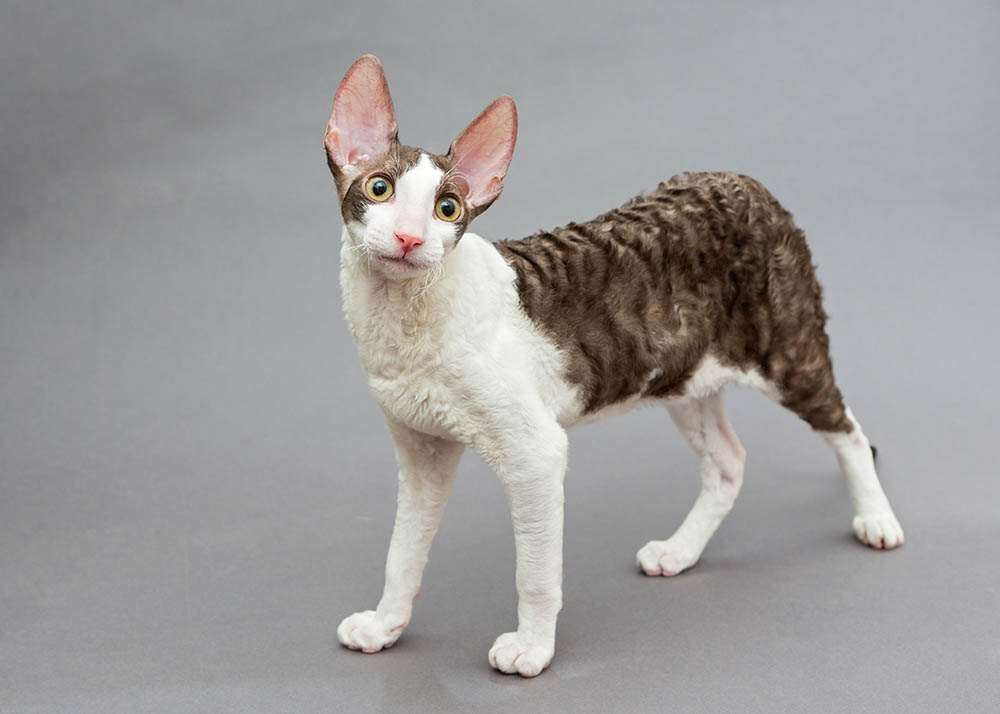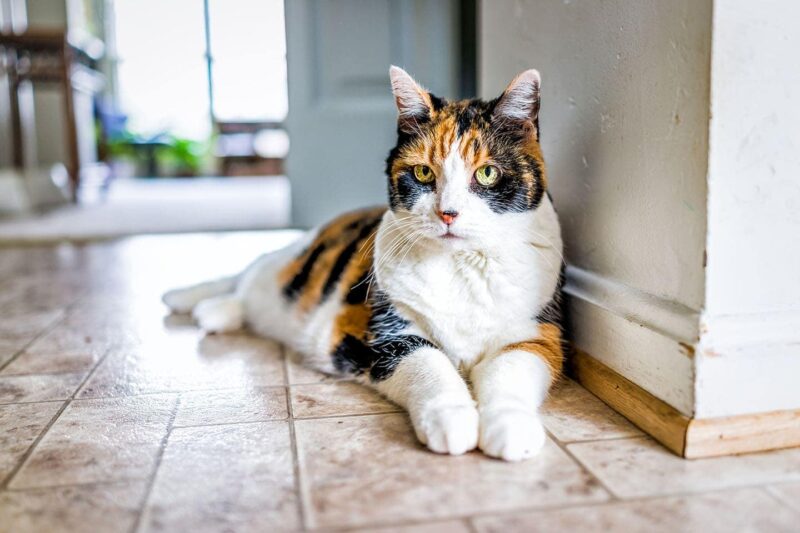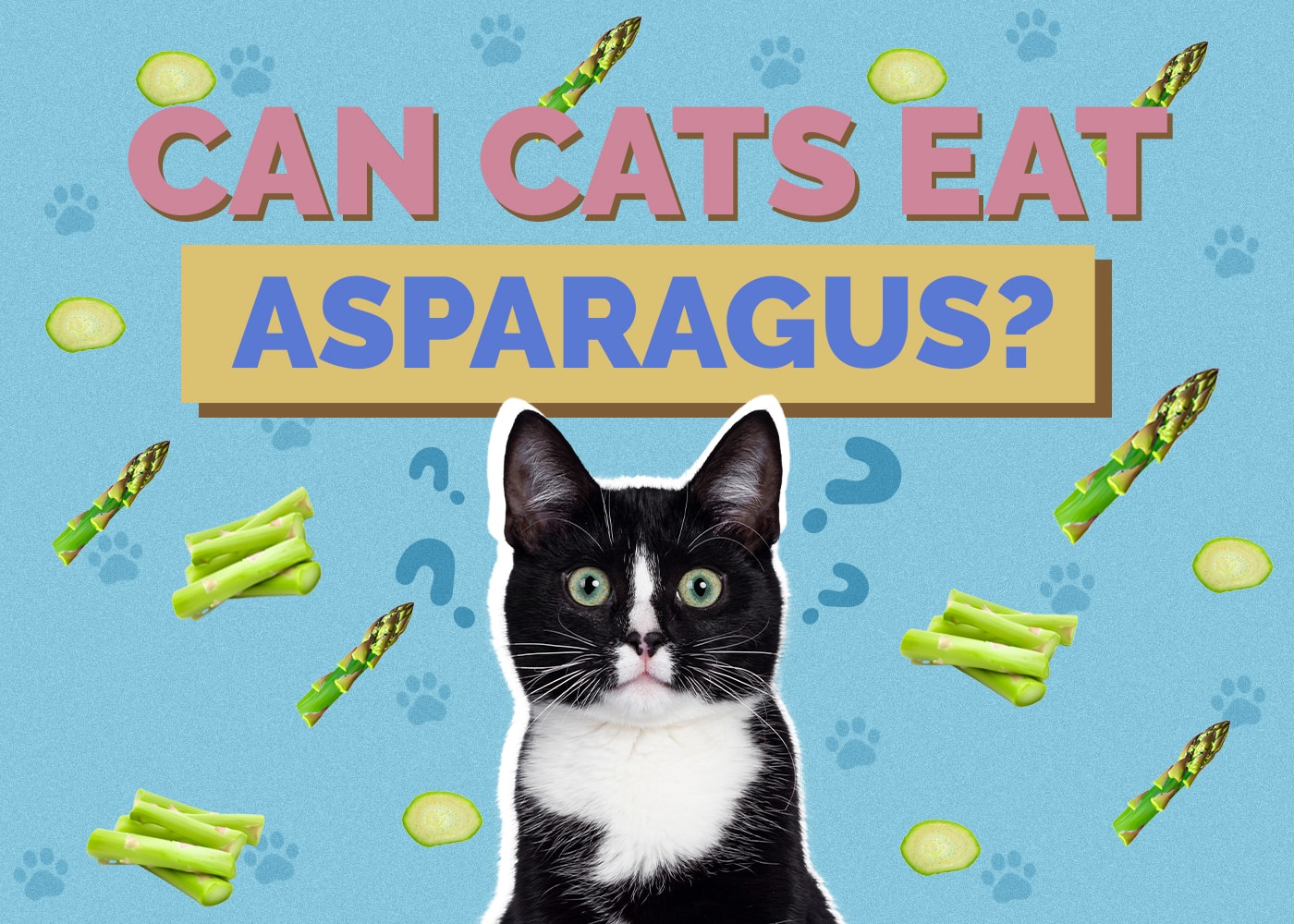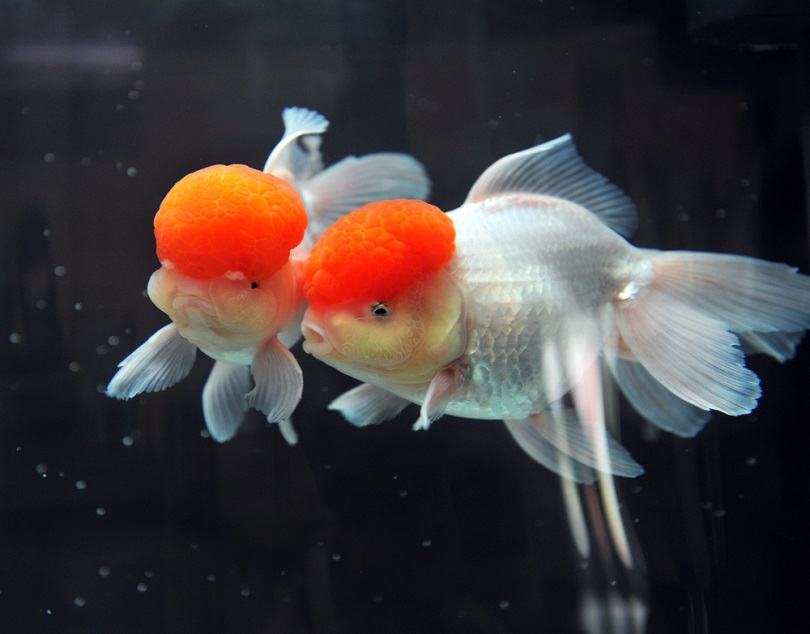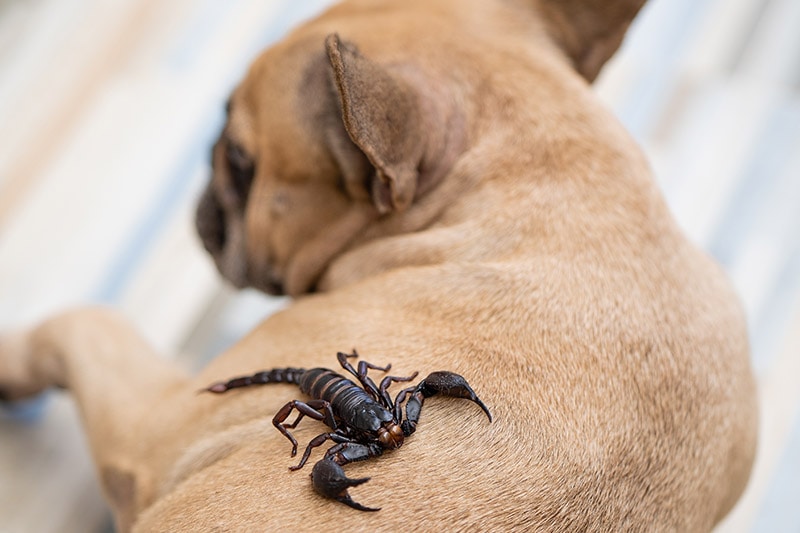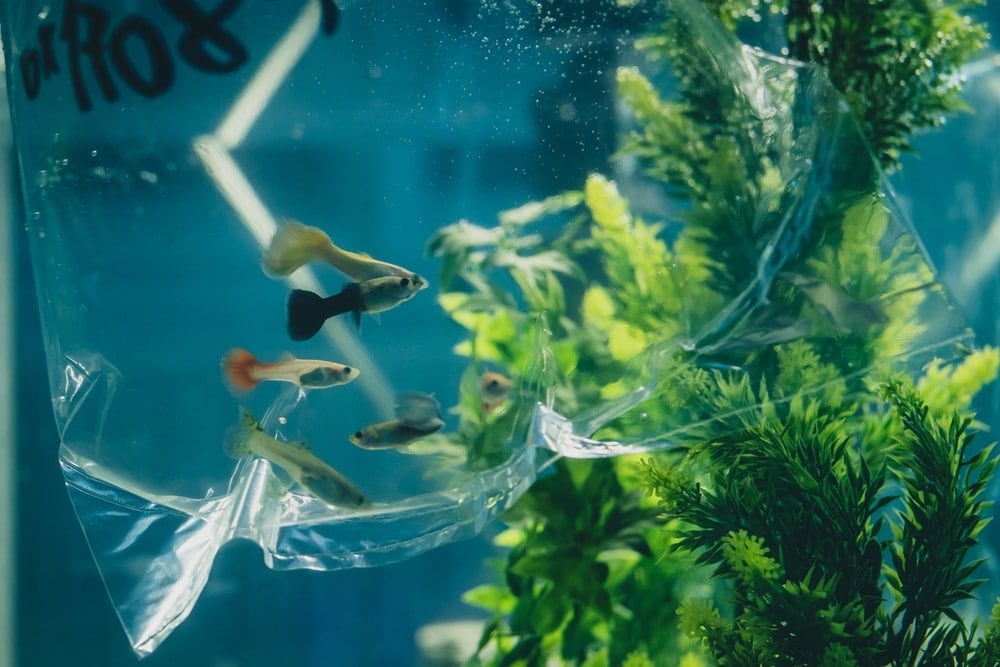Do Tortoiseshell Cats Have Any Special Care Requirements? Health Facts & FAQ
Updated on
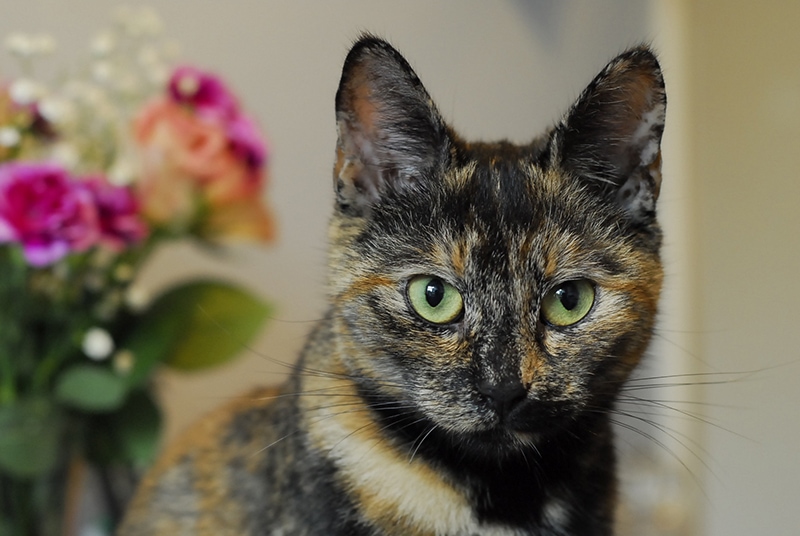
If you love cats, you know there are many breeds to choose from, along with an even wider variety of coat patterns and other traits. Tortoiseshell cats aren’t an actual cat breed but, instead, have a coat pattern that’s distinctive from other coats. Known affectionately as “Torties,” tortoiseshell cats usually have two colors in their coat, but never the color white. Most tortoiseshell cats look like mosaic tiles, with the two coat colors in a random mix.
Whatever the color, you might wonder if there are any special care requirements when you’re the proud owner of a tortoiseshell cat. Tortoiseshell cats don’t have any specific problems related to their coloring. Read on to find out and get some great tips, advice, and hacks about terrific tortoiseshells!
 Tortoiseshell Cats Have Few Special Care Needs
Tortoiseshell Cats Have Few Special Care Needs
Before getting into the nuts and bolts of today’s article, you should note that tortoiseshell cats have very few special needs over and above the typical house cat. Most tortoiseshell cats are quite healthy and live long lives.
They don’t have any unusual problems due to their coat coloring. In fact, tortoiseshell cats have fewer health problems than many purebred cats like the Siamese, Abyssinian, Persian, Scottish Fold, and Maine Coon cats. As you will see, Tortoiseshell cats’ only genuine health concern is when they’re born male, which happens infrequently.
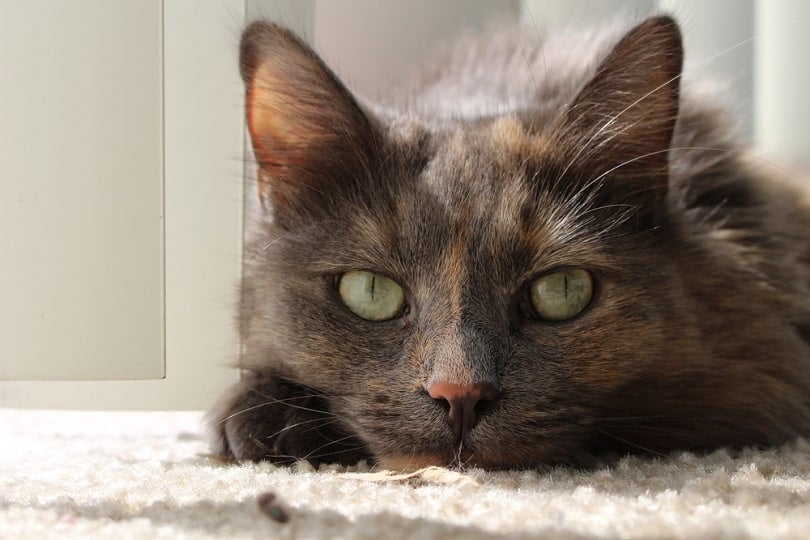
Do Tortoiseshell Cats Have any Universal Health Concerns?
While some cat coats are often harbingers of health problems, the tortoiseshell cat doesn’t have any to speak of due to their unique coats. On the other hand, Persian cats, unfortunately, have several health problems connected to their coats, as do the Bengal, Siamese, and Exotic Shorthair, among others.
The only health concern that qualifies as “universal” is when a male tortoiseshell cat is born with XXY chromosomes, although very few male Torties are born. So, again, when it comes to their coat and two colors, tortoiseshell cats are in the clear regarding universal health concerns, which is excellent news if you have one at home.
Most Tortoiseshell Cats Are Females
One of the fascinating facts about tortoiseshell cats is that most are female (99.6%). That’s because, to have a male tortoiseshell cat, it will need a very rare combination of XXY chromosomes. Males usually have an X and a Y chromosome only, so having three is very rare indeed. As any genetics researcher can tell you, you need two X chromosomes to produce a female cat, but you also need two to create a tortoiseshell coat.
While it might not be a problem that most tortoiseshell cats are female (female torties are just as nice as males), it does create a problem occasionally for the poor male born with XXY chromosomes. That problem is a condition called Klinefelter’s syndrome which, unfortunately, can cause various health problems for a male tortoiseshell cat.
For example, many have behavioral problems, and because of the syndrome, their bones are brittle and break easily. Also, male tortoiseshell cats are typically sterile and have a shorter lifespan than females. Lastly, because of increased body fat caused by Klinefelter’s syndrome, male tortoiseshell cats have a higher incidence of diabetes and heart disease.

Male Tortoiseshell Cats Are Usually Unhealthy and Live Shorter Lives
Because you need the rare XXY chromosome combination to make a male tortoiseshell cat, and this combination is not only rare but also unhealthy. 100% of male Tortoiseshell cats are sterile and live 20% to 30% shorter lives than their female counterparts.
Male Tortoiseshell Cats Are Usually Obese
You have to feel bad for the male tortoiseshell cat. Not only do they have a weird combination of chromosomes that shorten their lives, but because of that combination, they can become obese. Veterinarians recommend keeping a very close eye on what your male tortoiseshell cat eats as they can quickly gain weight.
Free feeding your male tortoiseshell is not recommended. Rather, you should feed him twice a day at specific times. Also, you need to keep treats to a minimum and ensure that any treats you give are healthy and nutritious rather than filled with the usual sugar, salt, fat, and other ingredients.
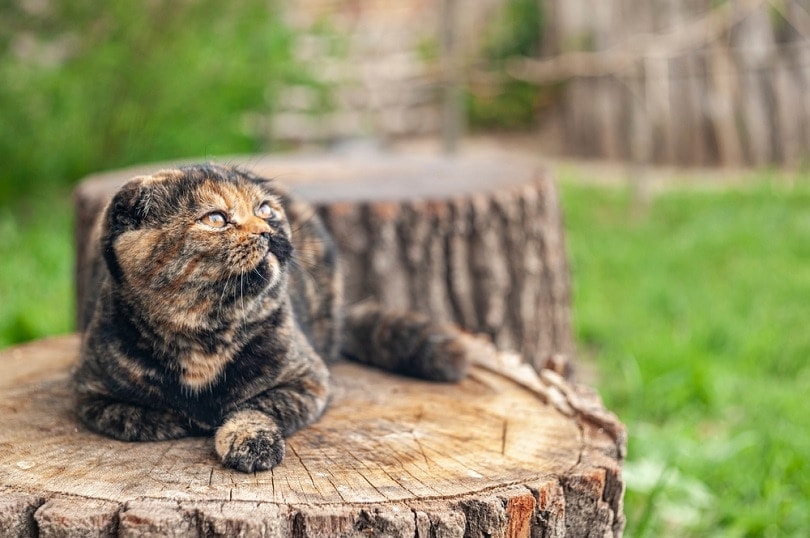
 In Conclusion
In Conclusion
Tortoiseshell cats have very few special care requirements other than the usual veterinary care, healthy food, and tender treatment. Male tortoiseshell cats have more than their fair share of health problems due to the rare combination of XXY chromosomes they receive. The good news is that very few tortoiseshell cats are male because to be a tortoiseshell, it must have two X chromosomes, which only females have.
Besides that, taking care of a tortoiseshell cat will be no different from taking care of any other cat, no matter the breed or coloring of their coat. They are just as lovable, friendly, and curious as any other cat. We hope the information we presented today has been helpful and answered all your questions about Tortoiseshell cats and the care they need to stay healthy and happy. If you’ve just adopted one, best of luck with your new Tortie!
See Also: Dilute Tortoiseshell Cat
Featured Image Credit: JumpStory
 Tortoiseshell Cats Have Few Special Care Needs
Tortoiseshell Cats Have Few Special Care Needs
